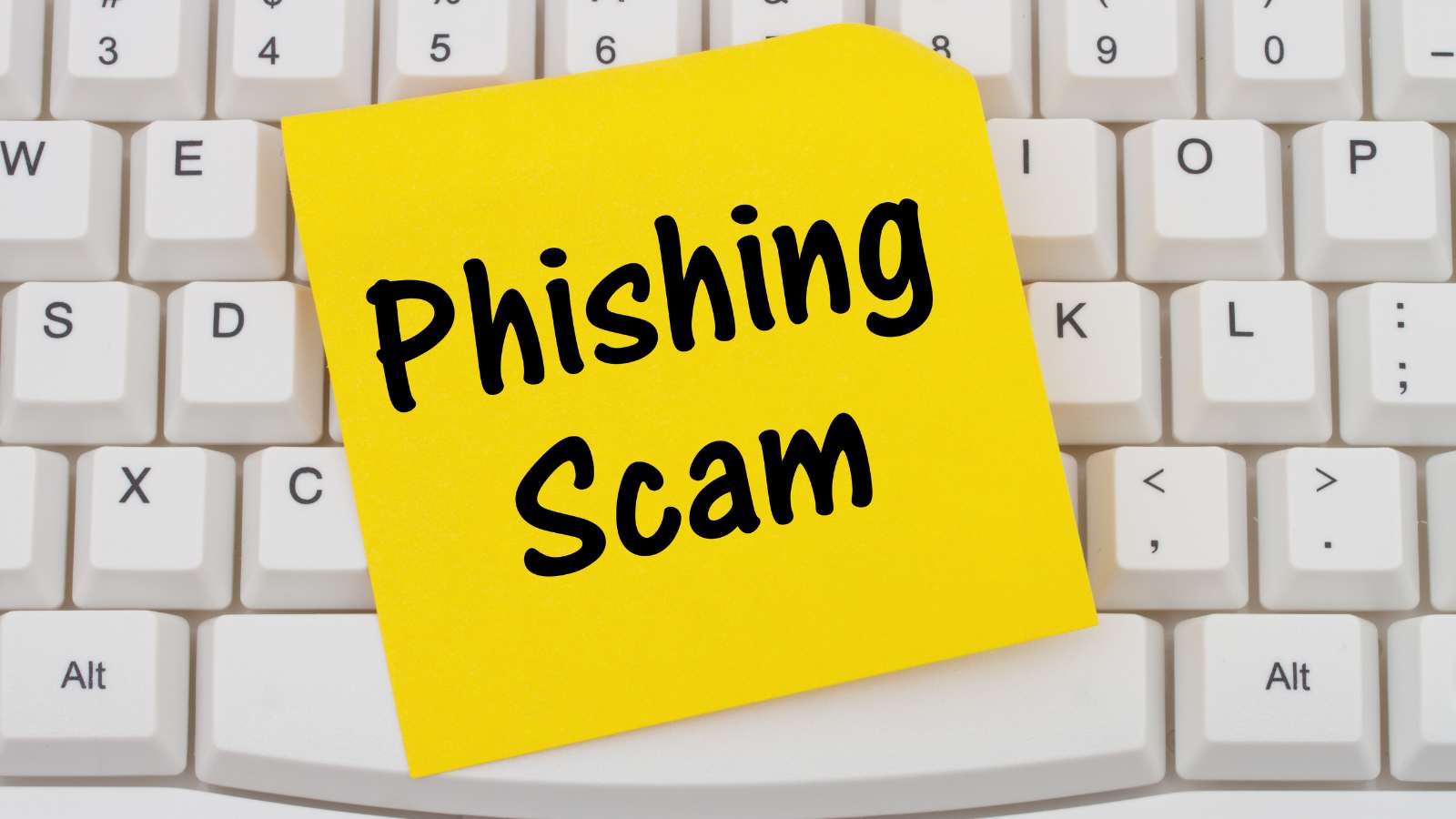
We are all used to seeing merchant telephone numbers on our credit card/bank statements. We’ve all used this to call to get information on the transaction.
Scammers are now using this information to “trick” us in a couple diverse ways.
Email version
You receive an email that appears to be from a major retailer informing you that you were overcharged for a recent purchase and are due a refund.
The email appears to be legit. The email is complete with the retailer’s logo. It is professional but yet urgent. To claim the refund, simply click the link and enter some information. When clicking the link, the website looks nearly identical to the retailer’s site. The site then claims the need to verify your identity by entering first and last name, Social Security number, and bank account information.
This request contains multiple red flags:
- A major retailer typically will not reach out to customers for an overcharge.
- It has a sense of urgency. Scams usually pressure us to act quickly so that we don’t have time to think.
- The type of information requested is a huge red flag. The retailer should already have the original form of payment used to submit a refund. There is no reason they need your social security number or bank account information.
Fraudulent Transactions
You review your latest credit card statement, and there is a charge listed that you did not make.
You call the number or visit the website that’s listed with the transaction on your statement to dispute the transaction. At this point, you do not realize that this is a fake merchant that has been setup to trick you into sharing your information.
You are told in order to dispute the charge; they need your personal account information. This could be your bank account information, your credit card/debit card number, social security number, etc.
The red flags here are:
- A charge appearing that you did not make. Your card could have been compromised without you realizing it.
- Requesting of your personal information; especially social security number and bank account information. If they are a legitimate merchant, they would already have your payment information from your transaction.
Whether the scam is the email version or fraudulent transactions on your statement, here are ways to protect yourself:
- Never provide your Social Security Number or your bank information in any unsolicited emails, text messages, phone calls or websites.
- Never click on links within unsolicited emails or text messages.
- Legitimate business will not contact you and use a sense of urgency or pressure to force you to react.
- In the event there is a transaction on your statement that you do not recognize, reach out to the merchant directly using information from their website or on your receipt.
- Contact your credit card company or bank immediately.

